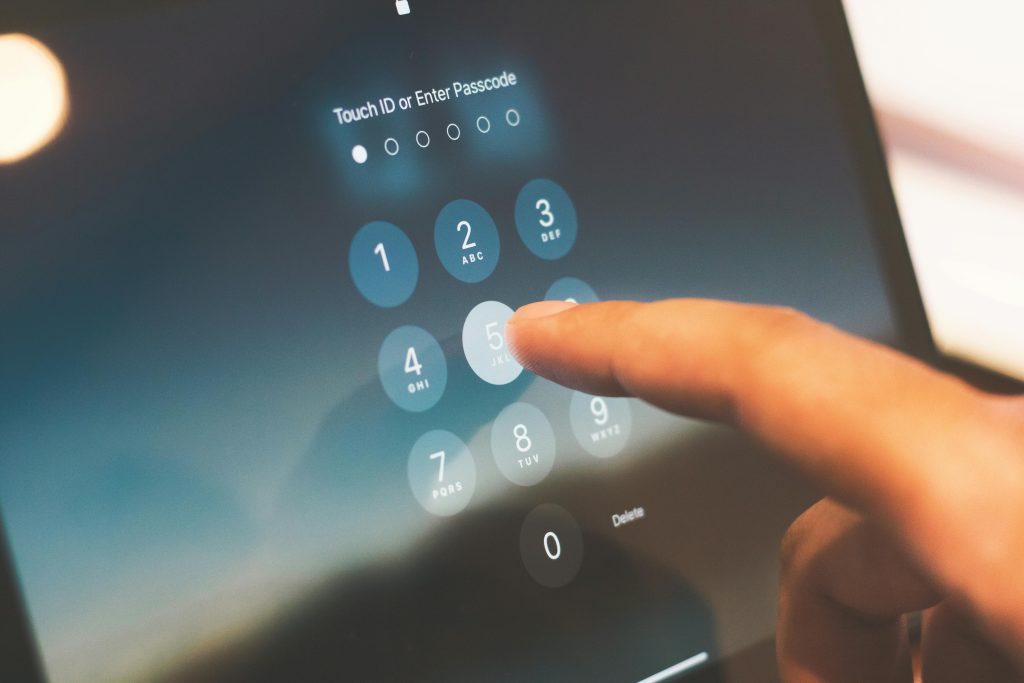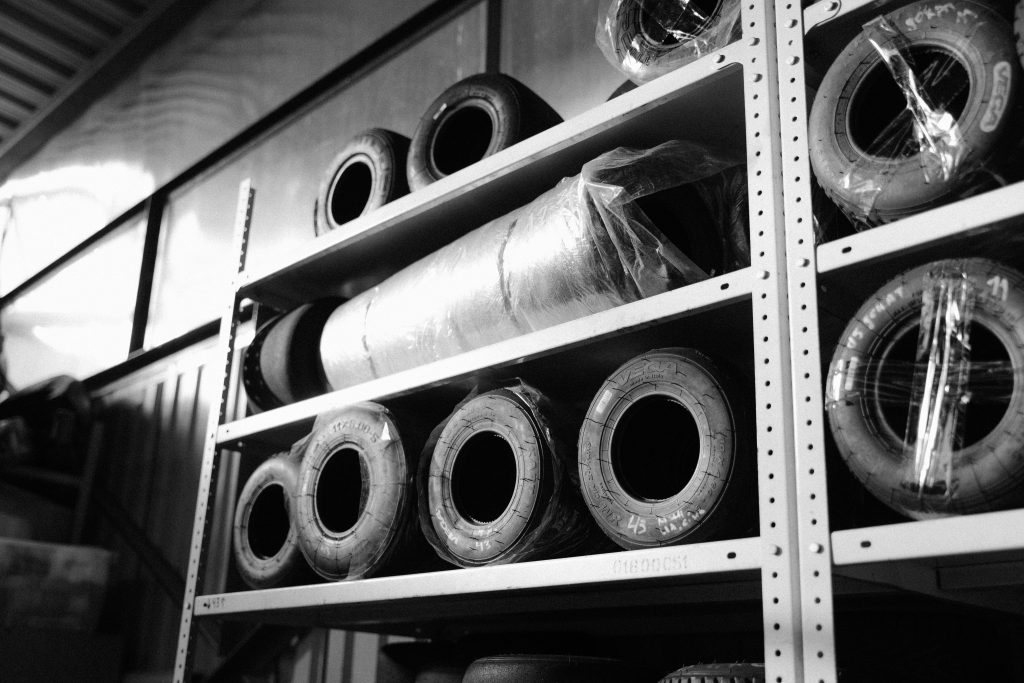Exploring the Possibility of Connecting a Picasso Drawing Tablet to a Razer Laptop
In the world of digital art and high-performance computing, artists and tech enthusiasts often seek ways to optimize their creative setup. One common query involves integrating a drawing tablet with a powerful laptop to leverage both the drawing experience and the processing capabilities. Specifically, many wonder whether it’s feasible to connect a Picasso drawing tablet to a Razer laptop in a way that allows the tablet’s touchscreen functionality to be used seamlessly while harnessing the raw power of the laptop.
Understanding the Components
Drawing Tablets (e.g., Picasso):
A drawing tablet functions primarily as a graphics input device. Some tablets come with a touchscreen interface, enabling artists to draw directly on the surface. Others are designed as pen tablets that connect to a computer via USB or wireless connections, providing a graphics surface that acts as an external monitor and input device.
Razer Laptops:
Razer’s gaming laptops are renowned for their high-performance hardware, including powerful CPUs and GPUs. They primarily serve as computing workhorses capable of handling demanding creative and gaming tasks.
The Core Question
The main concern is whether it’s possible to utilize the touchscreen component of a Picasso drawing tablet on a Razer laptop, effectively merging the tablet’s input capabilities with the laptop’s processing power. The user is essentially asking if they can set up their devices so that they can draw on the tablet’s touchscreen while the Razer laptop handles the processing behind the scenes.
Technical Feasibility
1. Connection Types:
Most drawing tablets, including Picasso models, connect via USB or wireless protocols (such as Bluetooth). To enable touchscreen functionality on the laptop, the tablet would need to be recognized as a primary input device, similar to a monitor or a graphics tablet.
2. Using the Tablet as a Display:
If the Picasso tablet can function as a second display, then specialized software like a virtual display or screen-sharing application (e.g., Duet Display, Spacedesk) could allow the tablet to act as an extension or mirror of the Razer laptop screen.
3. Input Integration:
For the touchscreen input to be fully functional, the tablet must support a driver or software that allows the laptop to recognize the touchscreen capabilities and translate pen or touch inputs accordingly.
4. Hardware Limitations:
Most drawing tablets are designed as standalone input devices or external displays. They are not typically integrated into the operating system as a full
Share this content:



